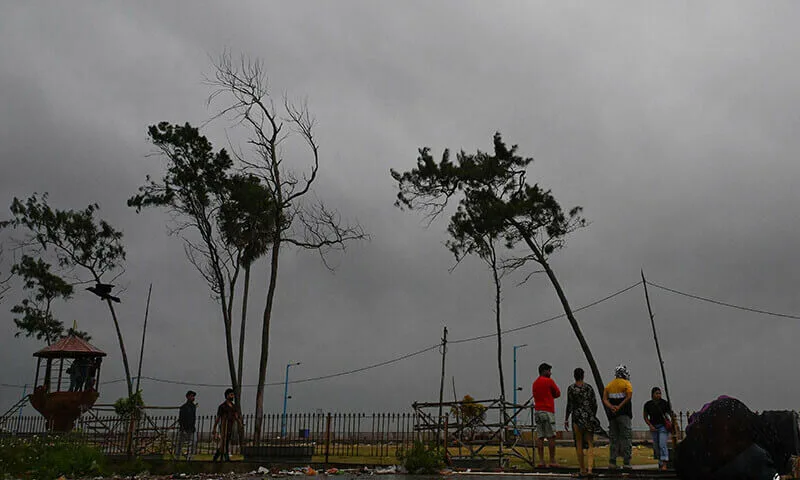Over a million residents are being evacuated from India’s eastern coastal regions as Cyclone Dana approaches, promising to deliver powerful winds and heavy rainfall to one of the country’s most populous areas.
Cyclone Dana: Storm Details and Impact
- Expected to make landfall early Friday near Dhamra port, approximately 230km southwest of Kolkata
- Classified as a “severe cyclonic storm” by India’s weather bureau
- Wind speeds predicted to reach up to 120 kilometers per hour
- Storm surge could raise water levels by up to two meters above normal tide levels
Cyclone Dana Emergency Response in West Bengal and Odisha
The governments of West Bengal and Odisha states, home to roughly 150 million people, have launched extensive evacuation efforts:
- Nearly one million residents being moved to cyclone shelters in Odisha
- Over 100,000 people evacuated in West Bengal
- Tourist destinations like Puri beach resort ordered to close
- Visitors instructed to leave affected areas
Transportation Disruptions Amid Cyclone Dana Threat
Major transportation hubs are implementing preventive measures:
- Kolkata airport suspending all flights overnight Thursday
- Bhubaneshwar airport operations also suspended
- Multiple train services cancelled
- Ferry services from Kolkata halted
- Ports implementing safety protocols
Regional Impact of Cyclone Dana on Bangladesh and Surrounding Areas
The cyclone’s effects are expected to extend beyond India:
- Bangladesh on “high alert” but not yet issuing evacuation orders
- “Extensive preparations” underway, according to interim government leader Muhammad Yunus
- Authorities closely monitoring storm’s progression
Cyclone Dana and the Climate Change Connection
Scientists highlight the increasing severity of such storms:
- Rising global temperatures leading to more powerful cyclones
- Warmer ocean surfaces providing additional energy for storm systems
- Enhanced water vapor content resulting in heavier rainfall
- Recent Cyclone Remal in May caused 65 deaths across India and Bangladesh
Improved Disaster Response to Cyclone Dana
Despite the increasing intensity of cyclones, authorities note that better preparation has helped reduce casualties:
- Advanced forecasting systems enabling earlier warnings
- More effective evacuation protocols
- Enhanced emergency response coordination
- Improved public communication systems
Local authorities emphasize their commitment to protecting residents, with Puri district magistrate Siddharth Swain stating,
“All efforts are being made to face the cyclone and save lives.”
The storm serves as another reminder of the growing challenges faced by coastal regions in the era of climate change, even as emergency response capabilities continue to improve. Authorities remain vigilant as they work to ensure the safety of millions in the cyclone’s path.

